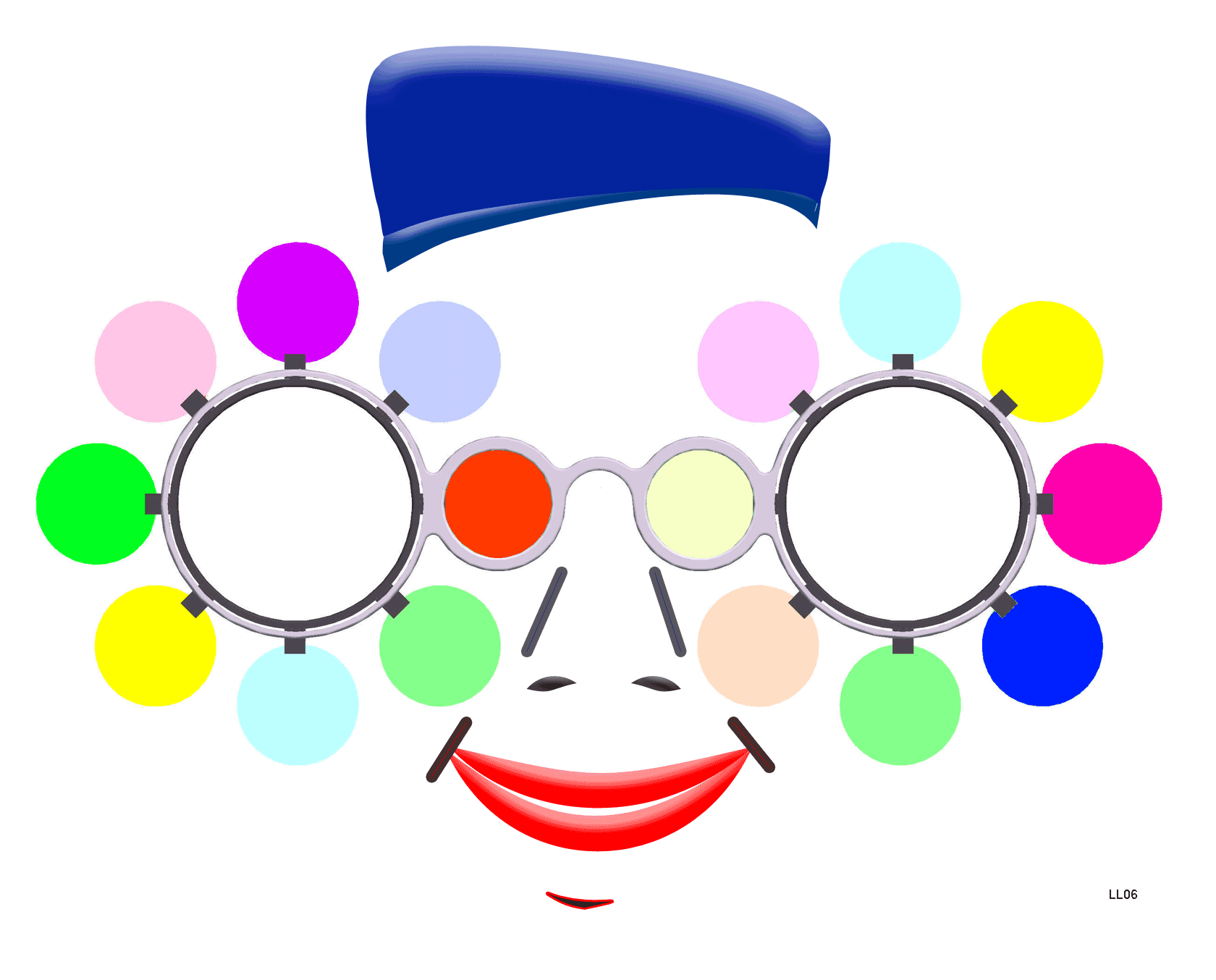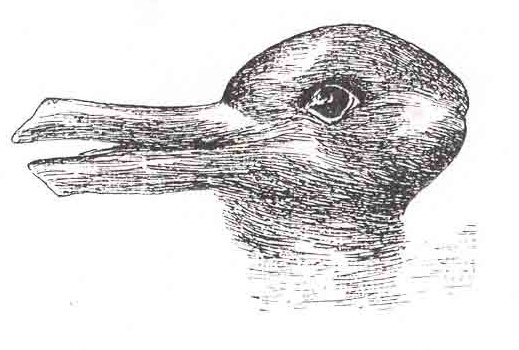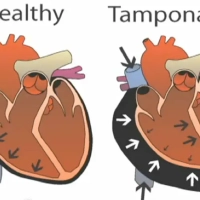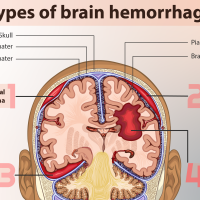Duck, duck, goos- rabbit? This classic optical illusion above, also known as the famous rabbit-duck illusion, was utilized by experimental psychologist Joseph Jastrow in 1899. According to Jastrow, depending on our current state of emotions, our perceptions or interpretations of the picture may differ. Some see a duck. Some see a rabbit, and others can see both interchangeably. Interestingly, during the Easter holiday, research participants in his conducted study saw the rabbit more often than the duck.

Kaninchen und Ente: Rabbit and Duck – This is the earliest version of the famous rabbit-duck optical ilusion first published in Fliegende Blatter. “Welche Thiere gleichen einander am meisten?” (“Which animals are most like each other?”)
While our perceptions or interpretations of the illusion may differ, our sensations are likely to be the same – we all see the same optical illusion in front of us, a black and white sketch of an animal. In common parlance, perception is synonymous with sensation and likewise, sensation with perception, but in psychology, the terms sensation and perception are two different concepts.
What is the difference between Sensation and Perception?
Based on our rabbit-duck illusion above, when we first saw the picture, we either thought the picture resembled a duck or a rabbit. The first action of ‘seeing’ aligns with sensation. The information of the environment – in this case, the picture in front of us – produces electrical signals in our nervous system that allows our brains to receive the unfiltered image. This process aligns with sensation.

Sensation vs Perception in Psychology: What is the difference?
The next action of ‘thinking of the picture’s resemblance’ points towards the concept of perception. It is the processing of the information, comprehending and responding to the information before us. Let’s apply this! Let’s say we’re given a can of Coke. The sensation is the same for all of us – we see the red design of the soda can and the jazzy black logo that reads ‘Coke’ on the soda pop. The temperature is cool in our hand. However, we may perceive the soda can differently. Under a sweltering summer sun, a man given the can might interpret the bubbly tongue-soothing Coke as a welcoming holy sight. On the other hand, another man, under a die-hard heavy diet regimen, might perceive the soda can as a guilty temptation sent to lure him into the Dark Side! The two interpretations are different, telling us that perception and how we comprehend and respond to information can differ from person to person.

Thus, going back to the duck and the rabbit, I can very much attest the illusion is primarily a rabbit – just kidding! Neither answer or perception is wrong. Amy Roesnthal’s classic children’s picture book on the rabbit-duck illusion can best highlight the freedom of perception.

Meanwhile, have some fun looking at these other versions of the rabbit-duck optical illusion! What do you see? A rabbit or a duck?



Sources:
- http://mathworld.wolfram.com/Rabbit-DuckIllusion.html
- http://ist-socrates.berkeley.edu/~kihlstrm/JastrowDuck.htm
Copyright 2018 Moosmosis: All Rights Reserved
Please Like our Facebook page to support our open-access youth education initiatives! 🙂
Categories: psychology















I love your blog and journey
Since you joined my blog I assume you have interest.
I have a model that will help Kids focus on their breath much more easily.
If kids could meditate they could benefit from the emotional regulation and safety a practice gives.
Would love to start a dialogue and share
Marty
LikeLiked by 1 person
That sounds wonderful, Marty! We would love to have you share your dialogue on meditation and breathing benefits with our students. Do you want to share a guest post with us? 🙂
LikeLike
Very interesting info!Perfect just what I was searching for!
LikeLike
I love it when folks get together and share opinions. Great site, stick with it!
LikeLiked by 1 person
Awesome article and site!!
LikeLiked by 2 people
Excellent site you’ve got here.. It’s hard to find high-quality writing like yours these days. I seriously appreciate individuals like you! Take care!!
LikeLiked by 2 people
Thank you TSB! That’s very kind of you! Happy learning, and take care too!
LikeLiked by 1 person
Thank you for writing such an excellent article, it helped me out a lot and I love studying this topic.
LikeLike